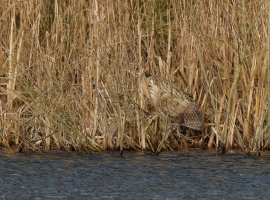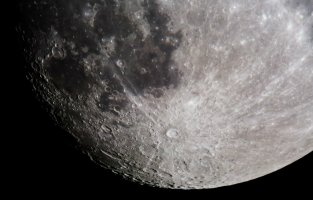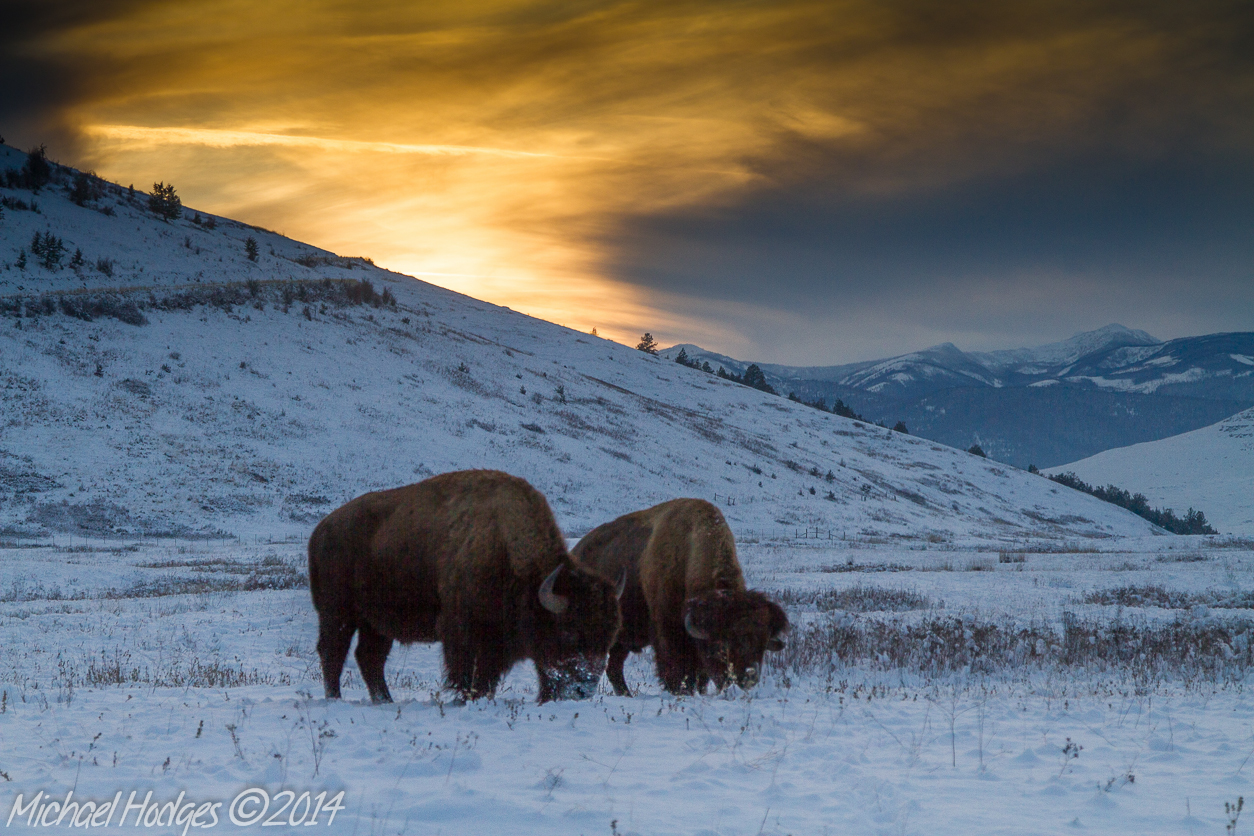AlanF said:Jon
I am using the same source of information that you quoted for number of pixels on target - Clark.
http://www.clarkvision.com/articles/does.pixel.size.matter/
Quote: "The images in Figures 10 and 11 illustrate that combining pixels does not equal a single image. The concept of a camera with many small pixels that are averaged to simulate a camera with larger pixels with the same sensor size simply does not work for very low light/high ISO conditions. This is due to the contribution of read and electronics noise to the image. Again this points to sensors with larger pixels to deliver better image quality in high ISO and low light situations."
I think your misinterpreting what he is saying. He isn't saying that read noise increases as pixels get smaller. He is saying that read noise represents a larger percentage of the image signal at higher ISO than at lower ISO, and the higher SNR of larger pixels offsets that. That is a true statement.
There are other factors to consider about high ISO, though. I think it was Lee Jay who stated it earlier in the thread, but read noise is lower with smaller pixels. Look at Sensorgen.info, which is empirical data, and look at the read noise levels (that is ALL read noise...dark current contribution as well as downstream electronics contributions). The 7D has ~8e- RN @ ISO 100, while the 5D III has ~33e- RN @ ISO 100. Since you can fit 2.1 7D pixels into the space of a single 5D III pixel, the "equivalent RN" of binned pixels would be ~16.8e- RN, still half what the 5D III has (I really don't understand why Canon's newer sensors have such high read noise...their RN levels are REALLY bad...but maybe it's a tradeoff they make for their high frame rates for the pixel count or something. I can't wait till Canon moves to an on-die CP-ADC design...) I used the word binned there, because it's important. If you average pixels together in post, the random component of read noise drops. Only the non-random component of read noise will strengthen. Canon in general has a handicap there...they have some strong pattern noise at low ISO on the 7D, and even some still on the 5D III. At least it only really shows up at lower ISO settings.
From a read noise standpoint, the 7D is actually very good. Some of the BEST ultra low noise CCD astro sensors on the market, one of which is the Sony ICX694, have ~5e- RN. At 5e- RN, that is one of the lowest read noise levels on the planet. There is a table of read noise levels on an astro site somewhere (I don't have the link handy now), and the lowest standard-gain RN I've ever seen was 4.5e-. Most DSLRs seem to bottom out at around ~3e- at high ISO (at least, according to Sensorgen.info...Clark's results are a little more linear, and his results indicate RN levels drop to as little as ~2e- at their lowest). Regardless of whether RN is 3e- or 2e-, it's EXTREMELY LOW, and a minor contributor to overall high ISO noise in general.
Larger sensors perform better at high ISO because they have the potential to gather more light in total. This thread is all about the reach limitation, in which case, framing identically is not an option. When framing identically is not an option, ** assuming all else is equal ** (I'm REALLY trying to emphasis this point, because the 7D and 5D III are not "all else equal"...the 70D and 5D III would be on more equal technological footing), then pixel size does very little to nothing to improve IQ. There is the fill factor issue to consider...at some point, you reach a small pixel size where, even with a small transistor/wire size, the sheer number of pixels necessitates contributing a meaningful amount of sensor space to that wiring unless you use a BSI design. If the small pixels are small enough that fill factor reduces total photodiode area by a meaningful amount, then averaging pixels is not going to be completely capable of normalizing noise.
The primary reason full frame cameras do better in low light is because they can gather more light in total. If I frame my subject identically with an APS-C and FF camera, then the FF camera is gathering more light in total for my subject. Once normalized, the noise will be lower with the full frame sensor. Because the subject is relative to the frame, instead of absolute within the frame. I could use two full frame cameras, one with larger pixels and one with smaller pixels. So long as I frame identically, all else being equal, the normalized results will exhibit the same noise. The only difference would be that one image is crisper and sharper than the other...and that would be the FF sensor with more, smaller pixels.
I kind of wish I had a 70D at my disposal now, so I could demonstrate with equipment of equivalent technology generation. The 70D has about 6000e- more FWC than the 7D, which is significant, considering the 7D only had about 20ke- to start with. (It's a 30% increase.) Averaging a 70D image to the same size as a 5D III image should have the effect of reducing noise to very similar levels...close enough that you would have to scrutinize to identify any differences.
AlanF said:jrista said:AlanF said:+1 My biggest mistakes are when my camera is set for point exposure for birds against a normal background and one flies by against the sky and I don't have time to dial in +2 ev to compensate or vice versa. Two more stops of DR would solve those problems.
This is a case where you want more DR to eliminate the need for the photographer to make the necessary exposure change. If you encounter this situation a lot, I highly recommend reading Art Morris' blog, and maybe buy his book "The Art of Bird Photography". He has an amazing technique for setting exposure quickly and accurately, such that making the necessary change quickly to handle this situation properly would not be a major issue.
Personally, I wouldn't consider this a situation where more DR is necessary. It might be a situation where more DR solves a problem presented by a lack of certain skills...but it is not actually a situation where more DR is really necessary.
Autofocus is not necessary, automatic metering is not necessary, IS is not necessary. The fact is that having those features makes it a lot easier, and having an extra couple of stops of DR would also make it easier. It is not a question of lack of skill but having a camera that eliminates one more variable.
Well, I think were getting into semantics now, so I won't really press the issue. Yes, having more DR can certainly make things easier, but good technique can totally eliminate the need, and can be just as easy in practice. That's what I was trying to say.
Upvote
0








